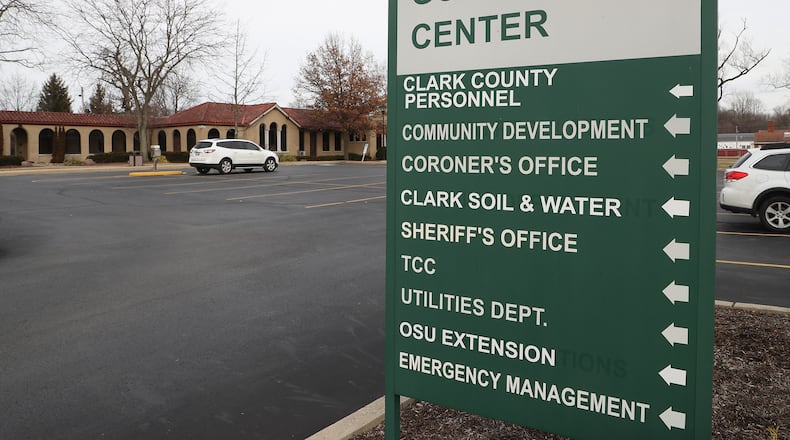That could include hours worked by employees that were engaged in tasks that would normally not have not been done if the pandemic was not happening.
“Right now we are focused on getting everything budgeted out so we don’t lose that federal relief money,” said Clark County Administrator Jennifer Hutchinson.
The county has until Dec. 31 to spend it. What money remains by then will be returned and redistributed to other local governments that have already spent their allocations.
In total, the county’s governmental entity has received $2.7 million in money set aside to help local governments. It is designed to cover unexpected costs made as a direct result of the coronavirus pandemic.
That includes an original allocation of $1.8 million doled out in July and another allocation of $900,000 as the state released more of that federal relief funding to local governments.
The funding comes from the federal Coronavirus Aid, Relief and Economic Security (CARES) Act that was passed by congress in March. Local governments can only use that money to reimburse items in their budgets that were deemed unexpected due to the pandemic.
It cannot be used to fill in gaps in general fund budgets due to a drop in tax collections. The latter can be attributed to the immediate economic impact of the pandemic and from statewide measures enacted to help curb its spread.
CARES Act dollars were distributed to local governments in Ohio following the passing of a bill that was signed by Gov. Mike DeWine in June. It called for the allocation of $350 million of the state’s portion of CARES Act money to local governments across the state.
The money was to be distributed using the state formula that determines how much entities get in local government funding.
However, more of that money was recently released by the state this month. Clark County Auditor John Federer said those additional funds were distributed last week and were half of the original amount allocated to local entities in July.
Hutchinson said the county’s government is planning a second phase of reimbursements following an upcoming meeting with Clark County Commissioners.
She said that phase will focus on costs associated with personal protection equipment purchased for staff. It will also cover other expenses such as modifications made to lobby and office spaces at county buildings.
Those included adding sneeze guards as well as other barriers to maintain social distancing requirements.
Hutchinson said they are also looking to reimburse costs made as employees transitioned to remote work in March and may cover future purchases if that is to occur again.
“We continue to look at ways to improve the network and our availability to work from home,” she said.
The county is currently factoring in those costs and did not have an exact number as of Friday afternoon.
A number of county government workers who were asked to work remotely have since returned to the office on a modified schedule.
However, those associated with Clark County’s Department of Job and Family Services are still working remotely due to a state directive and its unclear when they will return, said Mike Cooper, the public information officer for the county.
County officials are also discussing the possibility to establish programs that would provide relief to business and other nongovernmental agencies in the county.
However, more details will be revealed at a later date, Hutchinson added.
About the Author

